"Important NOTE" Information Provided On This Website
Is Intended For "GENERAL INFORMATION ONLY"
And
Must Be Only Be Used Only As A "GUIDE" It Must
Not Be Used For Decision Making, Or Be Used For Any Building Purposes Or
Legal Proceedings. Refer To Our Policies On The
Website.
The Main Concern With Retaining Walls Designs And
Installation Are, To Recognize And Counteract The Tendency
Of The Retained
Material To Move Downslope Due To Gravity.
The purpose of a retaining wall is to
stabilize the earth which will otherwise cave in or slide towards a more
natural slope. A badly designed retaining wall is a disaster waiting to happen.
It is imperative that a retaining wall, must not only be designed
properly it must also be constructed properly. A retaining wall should be considered primarily as a load
bearing structure and aesthetics is only secondary.
Proper drainage must be provided to reduce the hydrostatic
pressure of ground water behind the wall.
The Type
Of Retaining Wall Designs Will Depend On Lateral Earth Pressure Of
Soil And Drainage Conditions. Here Are A Few Types Of
Retaining Walls Designs
To Think About.
* Gravity
* Cantilever
* Sheet piling
* Anchored
GRAVITY:
A gravity type retaining wall depends on it's weight to hold it in place. This may be provided with a better
setback to enable it to have greater stability against lateral soil pressure.
Gravity retaining walls are built from concrete, stones or any
suitable heavy materials. The choice of materials is
due to onsite conditions.
With landscaping walls, where the lateral soil pressure is
not so high, it can be built from motarless stone or
masonry units. Since dry stacked retaining walls are flexible to some extent, even in cold prone areas, they
do
not need a rigid base.
The use of large quantities of stone or concrete blocks for
tall gravity retaining walls has been replaced with
composite gravity retaining walls. These walls are made of synthetic materials, pre-cast facing, gibbons, crib
walls, and soil nailed walls.
CANTILEVER:
A cantilever gravity wall is usually in the shape of an 'L' or
inverted 'T'. It is made using reinforced concrete.
A cantilever retaining wall works by converting the lateral soil
pressure pushing against the wall into a vertical
pressure which acts on the ground below.
At times, a cantilever retaining wall will be provided with a
buttress in front and a counter front at the rear side for
better stability against high loads.
A cantilever wall requires proper concrete footing which is
located below the frost depth. The advantage of a
cantilever wall is, it uses much less material than a gravity retaining wall.
The disadvantage is without a proper built foundation
excavation is necessary.
SHEET PILING:
These types of retaining walls are used where space is limited and
the soil compound is soft. These sheet pile
walls are usually built out of steel, vinyl or wood planks.
As a rule of thumb, this material is driven up to 2/3rd of
it's depth. However, this depends on the site conditions and somewhat on soil
classification.
To hold sheet pile retaining walls in place, a tie-back anchor is
needed to be placed in the soil just behind the wall.
This is then tied to the wall by using a cable or rod.
Care should be taken when placing a tie back anchor
behind a potential failure plane of the soil. This will enhance
the stability of the sheet piling.
ANCHORED:
With an anchored retaining wall, the difference is additional
strength is needed by using cables which are
anchored into the soil or rocks behind the wall.
The anchor end is driven in by boring it and is expanded
using mechanical means or by the injection of pressurized concrete. This will give a bulb shape to the
anchor ends and helps to keep it in place.
The advantage of this type of retaining wall is it can withstand
high loads and be slender at the same time.
A few other techniques that are available
are:
* Soil nailing with this method, retaining walls are reinforced
using reinforcing bars.
* Soil-strengthened this type has lateral earth
pressure that can be reduced by using various methods. One could incorporate a combination of
different retaining walls designs for this method.
* Gabion meshes - the soil is strengthened by using wire mesh
boxes, filled with stones or any other material. It also
helps in reducing internal forces and erosive forces.
Retaining
Walls Play A Major Part In A New Constructions A Poorly Designed Retaining Wall
Will Collapse Sooner Or Later and Can Endanger Other Buildings
Or Structures In It's Vicinity.
To construct a retaining wall above a certain height
will require permission and certification.
Generally a safety factor of 1.5 meters is incorporated into
the design of a retaining wall. This will insure that the
retaining wall will have a long life span.
|

|
Videos Are Under Construction They Will Be Uploaded
Soon |
|

|
Videos Are Under Construction They Will Be Uploaded
Soon |
"Important NOTE"
Information Provided On This Website Is Intended For
"GENERAL INFORMATION ONLY" And
Must Be Only Be Used Only As A "GUIDE" It Must Not Be Used For Decision Making,
Or Be Used For Any Building Purposes Or Legal Proceedings. Refer
To Our Policies On The Website.
| 

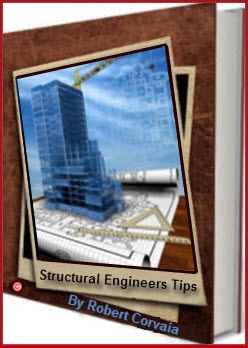
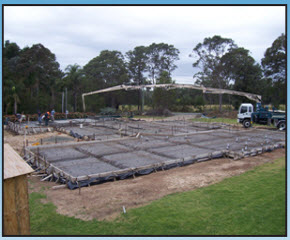
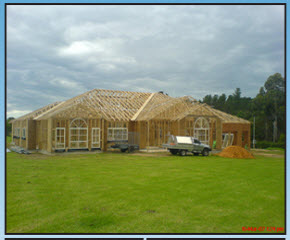
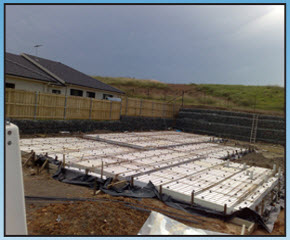
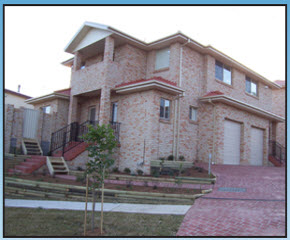








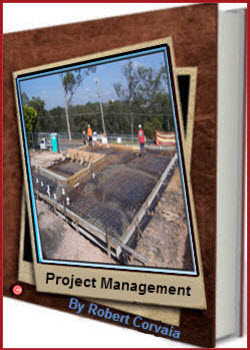

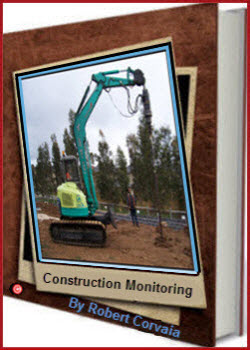
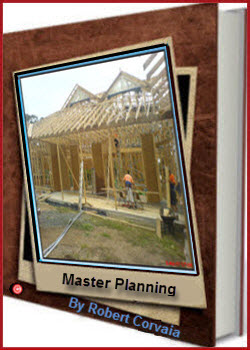


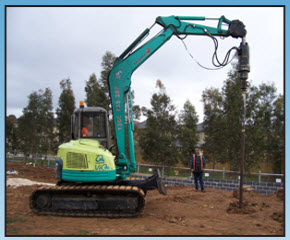
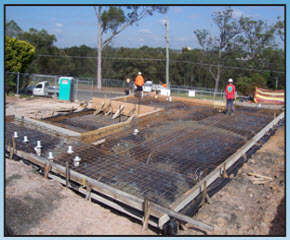
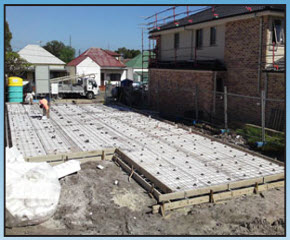





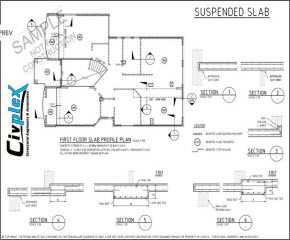
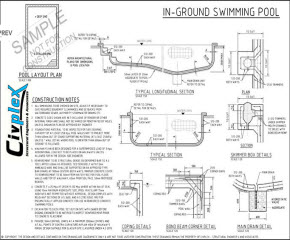
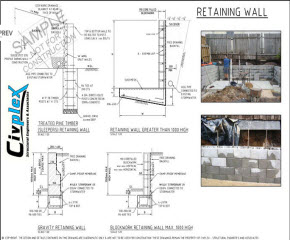
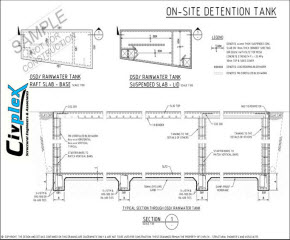
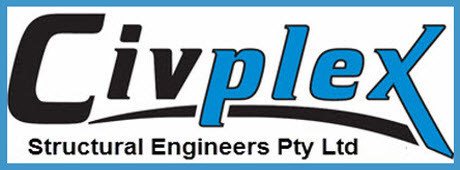
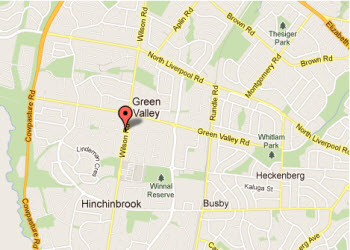
 Google Bookmarks
Google Bookmarks Stumbleupon
Stumbleupon Blogmarks
Blogmarks Digg
Digg Netvouz
Netvouz Newsvine
Newsvine Diigo
Diigo Yahoo My Web
Yahoo My Web Spurl
Spurl Wists
Wists Facebook
Facebook Delicious
Delicious Fark
Fark Twitter
Twitter Technorati
Technorati Reddit
Reddit Ma.gnolia
Ma.gnolia Livejournal
Livejournal BlinkList
BlinkList

























